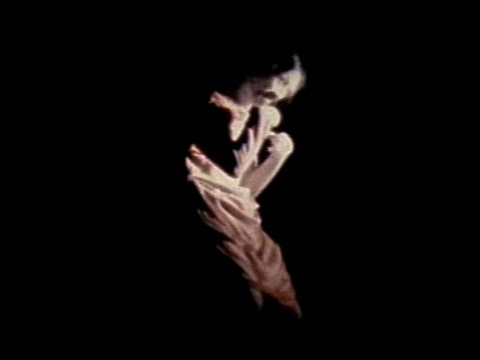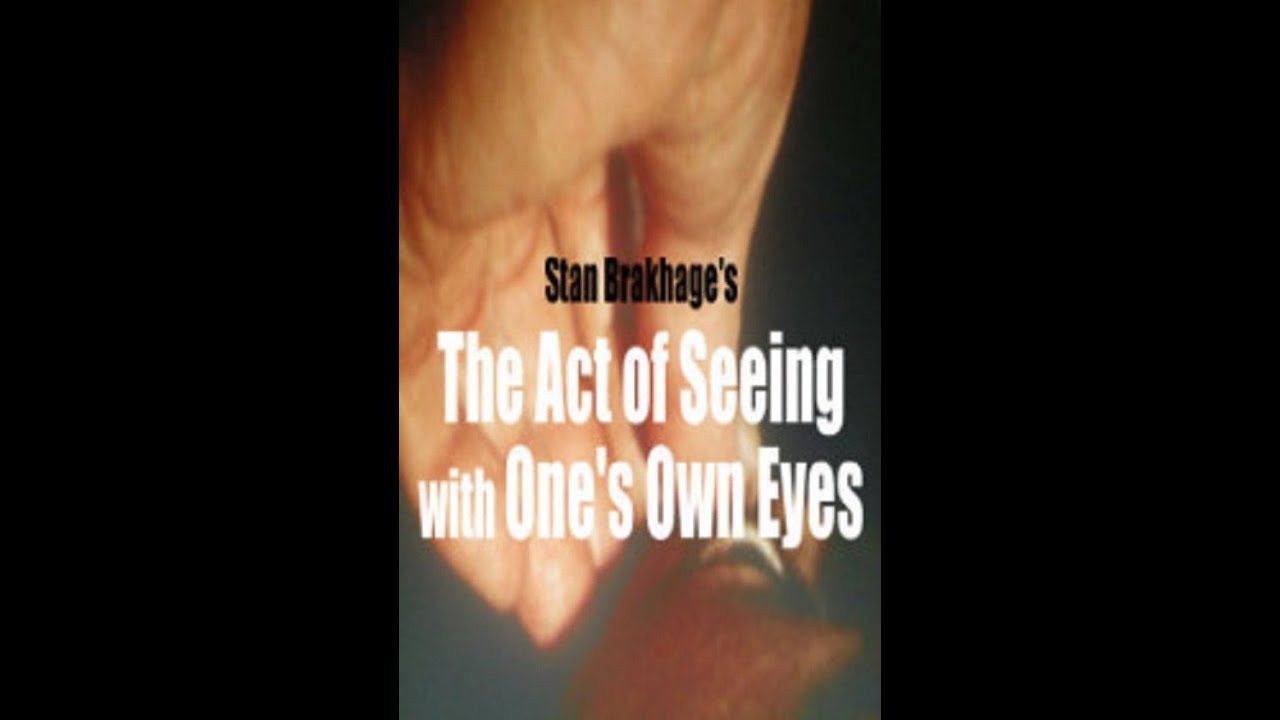Counterpoint: horror is the defining genre of our times and its stories are essential means of assimilating and coping with impossible truths.
The responses so far deal only with the surface level of the stories—gore, violence, harshness—none of which are intrinsic to horror per se. Horror is about survival, about living in the face of death. A horror story takes you by the hand, leads you down to the darkest places, and brings you back. It shows you that you have nothing to fear but fear itself.
Let me share my background. Years ago I researched mythology in Buddhism. Joseph Campbell showed that the life of the Buddha was told using the standard tropes of the Hero journey. At its simplest:
- the Hero leaves home on a quest
- they overcome difficulties in the wilderness
- they return home to share the bounty they gained
Campbell argues that the “bounty” is, in a Jungian sense, self-knowledge, at least metaphorically; in the Buddha’s case this metaphor is on the surface.
It occurred to me that this is all rather blokey. Leaving family, fighting monsters, all that. What is the equivalent women’s story?
That question led me ultimately to Marina Warner’s From the Beast to the Blonde, which centered a genre of women’s story that I came to realize is the essential counterpart to the Hero journey. The clearest examples is Beauty and the Beast.
In these stories, a female protagonist encounters a monster, not by leaving home, but by staying home: the hairy beast in the bedroom. The stories reflect women’s desires, fears, and dangers, and how they negotiate to be able to live in an environment where they are physically vulnerable even at home. Unlike the hero’s story, these women do not win a prize: they simply live. They survive. The heroine is the final girl, the one who gets out alive.
In modern genres, this spectrum of stories has evolved, on the one hand, to the “princess” fairy tales of Disney; and also to the romance and romcom genres; but the darker tales we call “horror”, of which the ur-text is Bluebeard (shudder).
One of the fascinating details that this led me to discover was that in certain Jataka stories these two cycles are combined, where the woman’s story is expressed in a dream that creates an unstoppable desire (dohala), which in turn sets in motion the whole journey of the Hero. This story cycle influenced my Dreams of Bhadda, especially in her last dream, that of the Golden Eagle.
Turning to the present day, it seems to me that the Hero myth has fallen into decadence, for the simple reason that there is no more wilderness. There is no unknown “out there” in which to venture. It’s all on Google Maps. It’s all polluted with plastic. The only true “out there” is space, the “final frontier”; but space is dead and cold and black, and those who dream of dominion over it are madmen.
With the loss of the wilderness, everywhere is now “in here”. We live in a domesticated world. That means that whenever you hear the phone ring, it’s coming from inside the house.
Horror stories teach us to survive in a world where death cannot be escaped even in one’s own home. And that means everywhere.
A study showed that fans of horror movies were able to cope better psychologically during the pandemic. People were all sitting inside going mad, but horror fans were going mad a little slower, and that’s not nothing.
I wrote The Harbingers as a Buddhist horror story to help cope with climate despair.




